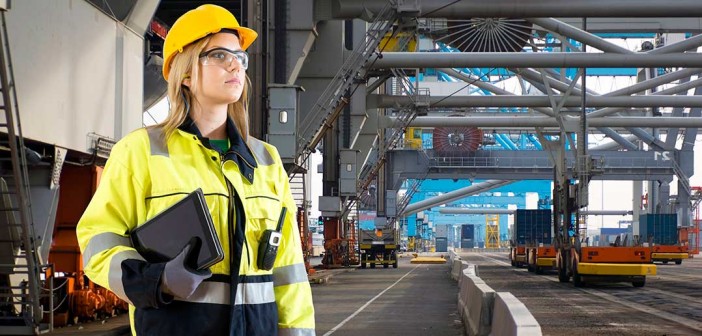By Sandy McCaskie, EMEA sales director at Xplore Technologies
All too often the deployment of ruggedised technology is borne of a quick analysis of the environment where the work will be carried out. Working in a safe, plush office full of suits? Use a consumer device. Out in the field reading utility meters, underground in a sewer or on the tarmac at the airport? Grab a rugged tablet. But this thinking is dangerously flawed, a throwback to the mindset that technology exists separately from the business it serves.
The deployment of ruggedised technology such as tablet PCs is, if done correctly, almost regardless of the environment. Instead, such a deployment should be based upon the level of the business critical nature of the process performed and how vital the technology is to the completion of that process.
Rugged or smooth?
If you can honestly get by without a tablet or PC in a given process, a consumer unit is ideal, subject to issues such as the compatibility of the operating system. When the unit breaks, the process simply slows down, but still carries on whilst a replacement is found. The relatively low cost of a single consumer unit, ubiquitous Wi-Fi and easily downloaded apps make this an attractive short term option.
However, at any sort of scale, or if the process is dependent on the technology but there are alternatives available, the semi-rugged or robust category may be a more cost effective option. This is often the case in controlled environments outside of an office; home visits in the field or on a factory floor, especially since studies show that a consumer tablet used in the field is four times a likely to break as a rugged unit and the resulting loss of productivity can be hours.
Full ruggedisation
This consideration of ‘task first, location second’ progresses through the levels of ruggedness based on if a given job or process can be completed without the tablet. As an extreme example, a maintenance engineer in the field fixing a gas pipe cannot complete a job without access to technical data, compliance forms or a proprietary workflow application, all of which require processing power of a PC, and not a tablet. This necessitates a tablet that works every time in any environment, hence a level of full ruggedisation.
However this approach can exist independently of the environment that demands a comprehensive set of IP, drop test and MIL ratings. Yes, hardware must perform in the right environment but ruggedisation is simply a way to enable reliability and that reliability is not the exclusive province of rugged environments.
For a sales manager based in an office but with processes that are critical to the ongoing operation of the business, for example, communicating and sharing data with a small team of field sales that are the only contact directly with customers, ruggedised options may be optimum in order to guarantee that workflow.
Looking pretty on the job
Aesthetics and ergonomics may also come into play as important considerations. No estate agent or sales manager is going to want to appear at a customer meeting with a tablet that looks like a tank. And of course, usability eats reliability when it comes to technology. Hence design that accounts for IP ratings and MIL testing must still also cover basic points such as weight, ease of input and the versatility that comes from connectivity options.
In many applications of real world tablet deployments, the challenges of some environments are enough to drive the desired technology toward a ruggedised tablet that can withstand far more than the person using it. But an intelligent approach to ruggedisation must be grounded in the task at hand, in addition to the place it has to work.
Xplore Technologies has been a provider and innovator in rugged tablet PCs since 1996.





